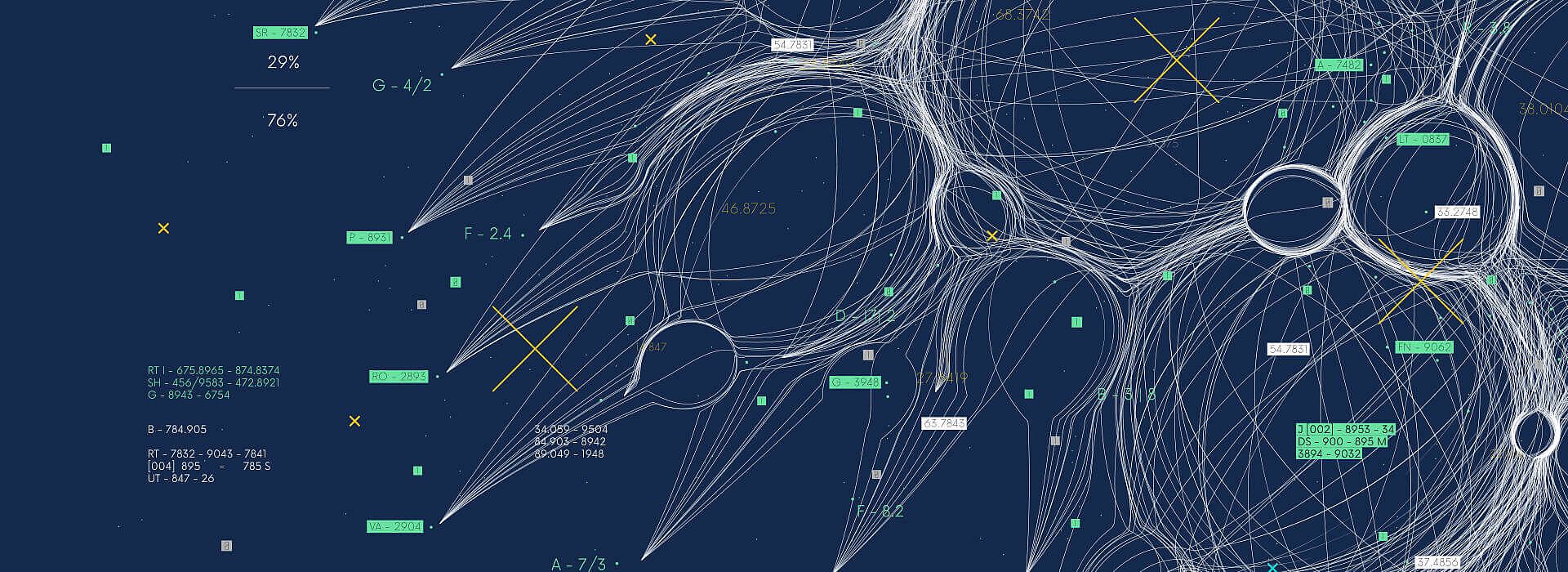
Inspired by biology
When it comes to autonomous mobility, today this term is still primarily associated with the self-driving automobile. Nevertheless, the autonomous mobility of small robots is increasingly becoming a key issue in numerous fields of application, whether for unmanned space exploration missions or for emergency services in the harsh environment of nuclear power plants. In these areas, systems that can adapt to wet or sandy ground have a special advantage over devices that only use legs to move around.
In order to enable autonomous mobility under these conditions, artificial intelligence (AI) processes are utilized. However, conventional AI methods can be used with wearable or mobile intelligent devices only to a limited extent. With this in mind, the Neuromorphic Computing line of research offers promising solutions, as it provides energy-efficient hardware for operating AI in edge devices, which makes it possible to port the technology over to small robots. In the INRC1 project, fortiss used this approach to successfully demonstrate that a biologically-inspired, serpent-like robot can be made to swim by using an energy-efficient neuromorphic chip.
Robust, adaptable and intelligent autonomous machines are one of the greatest breakthroughs promised by the ongoing AI revolution. Autonomous agents that react with minimal monitoring, improved mobility skills and low energy consumption can pave the way for numerous industry applications, such as medical assistants, autonomous warehouse vehicles, delivery drones or in the field of space research. In order to manage such tasks, autonomous mobility is a crucial factor that still poses difficult questions: How can machines be built with adaptive skills analogous to animals when it involves mobility under various conditions and the fine control of movements?
Biology solves the problem with the brain and the spinal cord, which together form a natural, adaptive, spiking and neural network. Spikes, or electrical neuron impulses, instruct and synchronize the muscles into involuntary but coordinated movements. To date, the simulation of this behavior in artificial spiking neural networks operating with energy-efficient neuromorphic hardware has not been implemented in this form in a swimming robot.
fortiss developed a novel neural network model with a so-called central pattern generator (CPG) that replicates the specific behavior of the spinal cord for the inherent creation of movements. The outputs of the coupled oscillators, which generate the individual robot joints, are synchronized, robust against external interference and easy to control through two high-level drives. The fortiss scientists implemented their algorithms on a virtual serpent-like robot model in the Neurobotics Platform, a powerful robotics simulator.
As a first step, the scientists improved the Neurorobotics Platform with the help of fluid dynamics based on the smooth particle hydrodynamics method. They then employed the Neural Engineering Framework, a widely-used tool in the field of neuromorphic computing, to design the neural network and control the movements of the robotics model. Because the Neurorobotics Platform supports a variety of computing hardware, fortiss was able to compare the performance between a conventional computer, the Loihi research chip from Intel, and the SpiNNaker research chip from the Human Brain Project. Extensive benchmarking was also carried out in order to analyze the energy efficiency, accuracy and execution speed.
In the INRC1 project, fortiss was able to demonstrate impressive neuromorphic hardware performance and in parallel highlight the difference to a conventional computer. The Neuromorphic Computing field of competence has proven through this and other ongoing research projects that neuromorphic hardware and spiking neural networks can play a large role in embedded AI in edge and mobile devices.
The utilization of neuromorphic computing also offers two key advantages when more complex robotics models are involved: energy efficiency, since it is ultimately a decisive factor in embedded AI, and data economy. For this reason the scientists were also able to apply the results to a real robot counterpart such as the Salamandra Robotica developed at the École Polytechnique Fédérale de Lausanne (EPFL).
fortiss’ contribution to this scientific challenge was made possible by the highly productive collaboration with the École Polytechnique Fédérale de Lausanne (EPFL)Biorobotics Lab within the framework of the Human Brain Project, as well as with the Intel Neuromorphic Research Community.
In addition to its expertise in the field of biologically-plausible robots, EPFL also provided the 3D model, the mathematical formulation for the central pattern generator and support with the fluid dynamics simulation.
Intel made a significant contribution to the project with its Loihi chip and the benchmarking effort.
In addition, the Computational Neuroscience Research Group at the University of Waterloo in Canada provided outstanding support with Nengo and the Neural Engineering Framework.